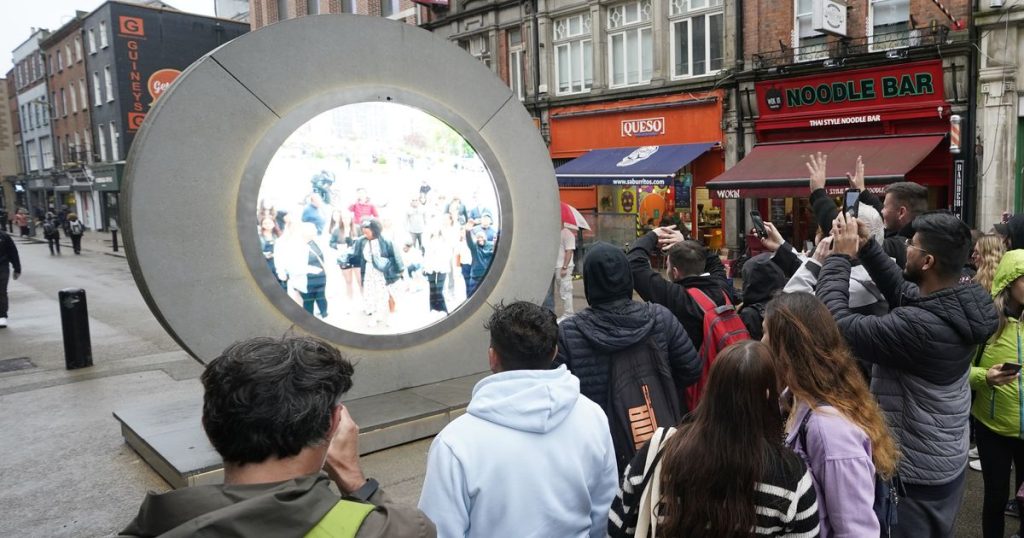Last week, a series of cross-continental screens displayed various controversial images including nudity, drug use, and hate symbols. The screens, set up in different locations, captured the attention of many viewers. The provocative content sparked a debate about freedom of expression and appropriate censorship in public spaces. Critics raised concerns about the impact of such imagery on viewers, while others defended the right to artistic expression and challenging societal norms.
The appearance of nudity, drug use, and hate symbols on the screens raised questions about the boundaries of acceptable content in public spaces. Some argued that platforms like these should have stricter guidelines to prevent potentially harmful or offensive material from being displayed. Others pointed to the importance of freedom of expression and the need for society to confront uncomfortable or controversial topics. The debate highlighted the complexities of balancing artistic expression with considerations for public decency and safety.
The controversy surrounding the content displayed on the screens also drew attention to the power of visual media in shaping public perceptions and attitudes. Images of nudity, drug use, and hate symbols can have a powerful impact on viewers, shaping their understanding of social issues and influencing their beliefs. The screens presented an opportunity for artists to challenge conventional narratives and provoke thought-provoking discussions, but also raised concerns about the potential harm of exposing audiences to sensitive or controversial material.
The debate over the content displayed on the screens reflects broader discussions about censorship and freedom of expression in society. While there is a need to protect individuals from harmful or offensive material, there is also a recognition of the value of diverse perspectives and challenging societal norms. Finding the right balance between these competing interests is a complex and ongoing challenge for policymakers, artists, and the public. The controversy surrounding the screens serves as a reminder of the importance of critically engaging with visual media and advocating for responsible representation.
The incident highlights the need for greater transparency and accountability in the creation and display of public art. Artists and organizations should consider the potential impact of their work on viewers and take steps to ensure that it is presented in a responsible and respectful manner. In an age where digital technology allows for the rapid dissemination of content, the ethical implications of public art are more important than ever. It is essential for creators to be mindful of the potential consequences of their work and strive to foster constructive dialogue and understanding.
Overall, the appearance of nudity, drug use, and hate symbols on the cross-continental screens prompted a heated debate about freedom of expression, censorship, and the power of visual media. While the controversy highlighted the complexities of navigating these issues in a diverse and rapidly changing society, it also underscored the importance of responsible artistic representation and critical engagement with challenging topics. Moving forward, there is a need for ongoing dialogue and reflection on how to balance the right to artistic expression with considerations for public decency and safety.


